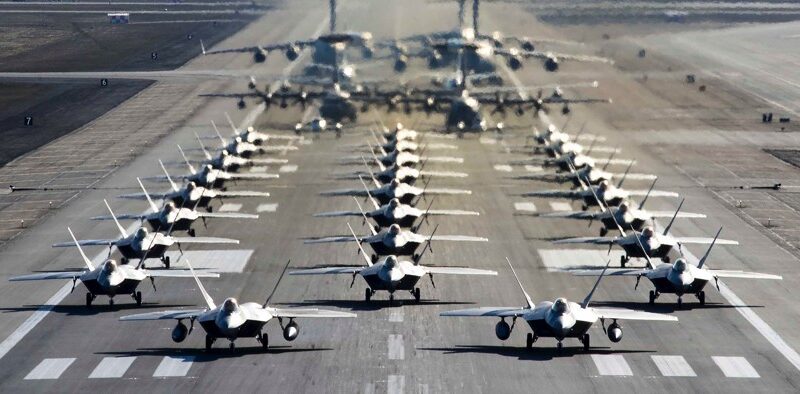The Global Landscape of Military Power
In today’s complex and interconnected world, the topic of military might holds significant importance. Countries around the globe invest substantial resources into building and maintaining strong armed forces to ensure their security and protect their national interests. This article aims to provide an overview of the world’s military capabilities, highlighting key players, advancements in technology, and the changing dynamics of global military power.
The United States: A Superpower
When discussing military might, it is impossible to overlook the United States. As the world’s sole superpower, the U.S. possesses the most advanced and technologically sophisticated military force. With a defense budget that surpasses that of any other nation, the U.S. maintains a global military presence through its network of military bases and alliances.
The U.S. military is equipped with cutting-edge technology, including advanced aircraft, naval vessels, and missile defense systems. Its highly trained and professional armed forces are capable of projecting power across the globe, enabling the U.S. to respond swiftly to international crises and protect its interests.
Russia: A Resurgent Power
Another significant player in the world of military might is Russia. In recent years, Russia has been modernizing its armed forces and investing heavily in military capabilities. It boasts a formidable nuclear arsenal and possesses a well-trained and battle-hardened military.
Russia’s military strength is evident in its ability to project power in its immediate neighborhood, as demonstrated by its interventions in Ukraine and Syria. Additionally, Russia’s advanced missile systems and cyber warfare capabilities make it a force to be reckoned with in the modern battlefield.
China: Rising Power in the East
China’s rapid economic growth has enabled it to allocate significant resources towards its military. As the world’s most populous country, China has made substantial progress in modernizing its armed forces and expanding its military capabilities.
China’s military strategy focuses on developing advanced missile systems, stealth aircraft, and a strong navy. It aims to protect its territorial claims in the South China Sea and establish itself as a regional power. With its growing military strength, China is gradually emerging as a potential challenger to the United States’ dominance.
Other Notable Military Powers
While the United States, Russia, and China dominate the global military landscape, several other nations possess significant military capabilities.
India, with its large population and growing economy, has been steadily modernizing its armed forces. It has a strong air force, a capable navy, and a rapidly expanding defense industry. India’s military strength is aimed at protecting its borders and asserting its influence in the region.
Israel, despite its small size, is renowned for its advanced military technology and highly trained armed forces. It has demonstrated its military prowess in numerous conflicts and maintains a qualitative edge in the Middle East.
Other countries such as the United Kingdom, France, Germany, Japan, and South Korea also possess formidable military capabilities and play significant roles in regional security.
The Changing Dynamics of Military Power
Advancements in technology have revolutionized the nature of warfare and the concept of military power. Cyber warfare, unmanned aerial vehicles (UAVs), artificial intelligence (AI), and space-based capabilities have become critical components of modern military strategy.
Non-state actors, such as terrorist organizations, have also gained prominence in recent years. Their ability to exploit technology and carry out asymmetric warfare poses unique challenges to traditional military powers.
Moreover, the concept of military power is not solely defined by the size of a nation’s armed forces or its defense budget. Soft power, economic strength, and diplomatic influence also play crucial roles in shaping a country’s overall power projection capabilities.
Conclusion
The world of military might is a complex and ever-evolving landscape. The United States remains the dominant superpower, while Russia and China continue to strengthen their military capabilities. However, the changing dynamics of warfare and the emergence of new technologies mean that military power is not solely determined by traditional factors.
As we navigate the challenges of the 21st century, understanding the global military balance and the factors that shape it is essential. By examining the capabilities and strategies of different nations, we can gain insights into the complex dynamics that shape our world.




